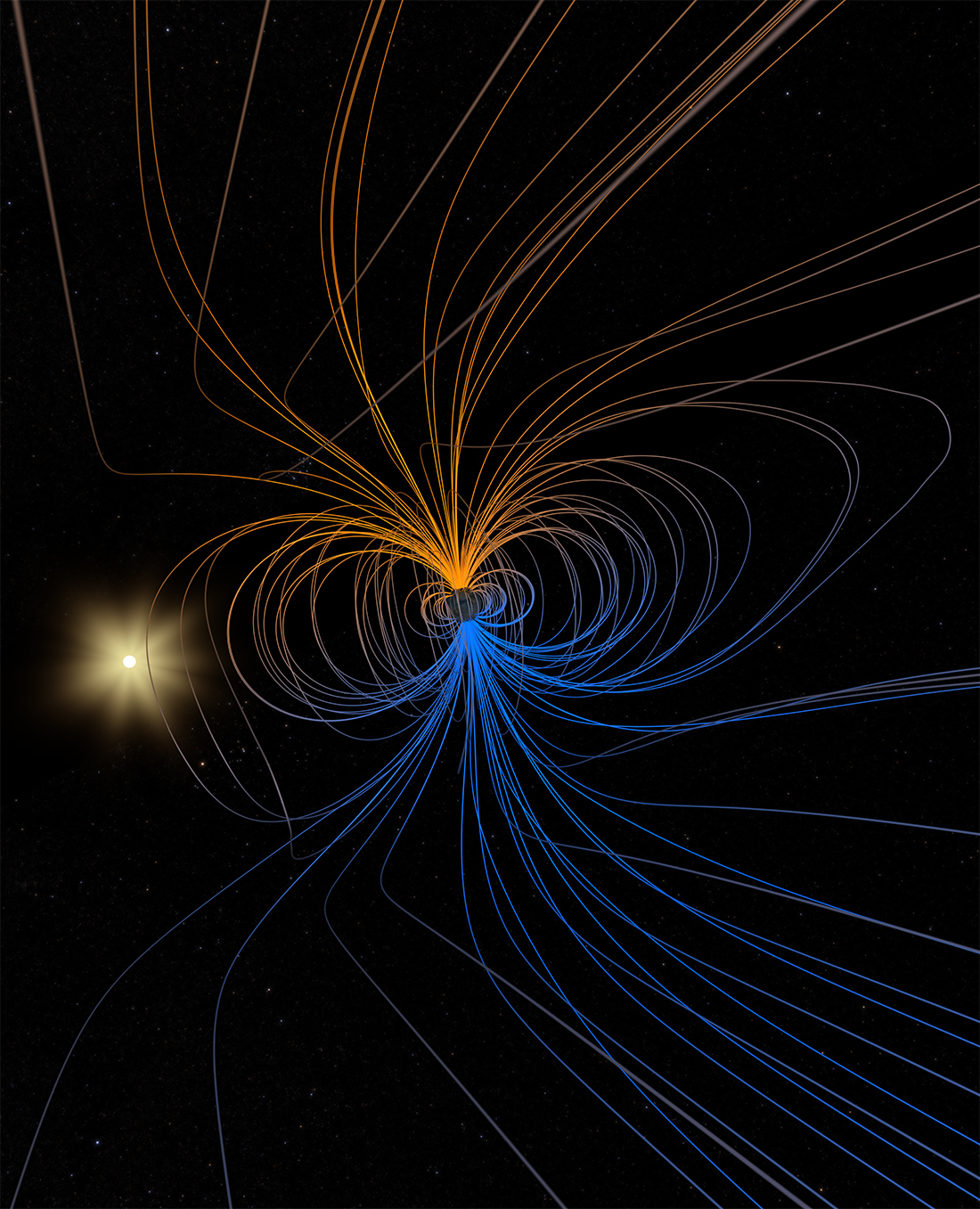A little yet advancing scratch in Earth’s magnetic field can cause huge migraines for satellites.
Earth’s magnetic field acts like a defensive shield around the planet, repulsing and catching charged particles from the Sun. Be that as it may, over South America and the southern Atlantic Ocean, a strangely shaky area in the field – called the South Atlantic Anomaly, or SAA – permits these particles to plunge nearer to the surface than typical. Molecule radiation in this district can take out locally available PCs and meddle with the information assortment of satellites that go through it. It is a key motivation behind why NASA researchers need to track and study the peculiarity.
The South Atlantic Anomaly is likewise important to NASA’s Earth researchers. They screen the progressions in magnetic field quality there. They do it for both, how such changes influence Earth’s air and as a pointer of what’s going on to Earth’s magnetic fields.
At present, the SAA makes no noticeable effects on day by day life on a superficial level. Be that as it may, late perceptions and figures show that the district is extending toward the west. It is proceeding to debilitate in power. It is likewise parting – ongoing information shows the peculiarity’s valley.
It’s what’s inside the anomaly in Earth’s magnetic field that matters
The South Atlantic Anomaly emerges from two highlights of Earth’s center. The tilt of its magnetic hub, and the progression of liquid metals inside its external center.
Earth’s magnetic field is somewhat similar to a bar magnet, with north and south posts that speak to restricting magnetic polarities. Undetectable magnetic field lines circle the planet between them. Be that as it may, in contrast to a bar magnet, the center magnetic field isn’t entirely adjusted through the globe, nor is it totally steady. That is on the grounds that the field starts from Earth’s external center: liquid, iron-rich and in vivacious movement 1800 miles beneath the surface. These beating metals act like a huge generator, called the geodynamo, making electric flows that produce the magnetic field.
As the center movement changes after some time, because of complex geodynamic conditions inside the center and at the limit with the strong mantle up over, the magnetic field varies in existence as well. These dynamical procedures in the center wave outward to the magnetic field encompassing the planet. It is producing the SAA and different highlights in the close Earth condition. It includes the tilt and float of the magnetic shafts, which are moving after some time. These developments in the field furnish researchers with new signs. It helps to assist them with disentangling the center elements that drive the geodynamo.
The powers in the center and the tilt of the magnetic hub together produce the abnormality. It’s the zone of more fragile attraction. It is permitting charged particles caught in Earth’s magnetic field to plunge nearer to the surface.
Demonstrating a more secure future for satellites
So as to see how the SAA in Earth’s magnetic field is changing and to plan for future dangers to satellites and instruments, Sabaka, Kuang and their partners use perceptions and material science to add to worldwide models of Earth’s magnetic field.
The group surveys the present status of the magnetic field utilizing information from the European Space Agency’s Swarm. It also uses data from past missions from offices around the globe, and ground estimations. Sabaka’s group prods separated the observational information to isolate out its source before giving it to Kuang’s group. They join the arranged information from Sabaka’s group with their center elements model. All to estimate geomagnetic mainstream variety (quick changes in the magnetic field) into what’s to come.
The geodynamo models are novel in their capacity to utilize center material science to make not so distant future conjectures, said Andrew Tangborn, a mathematician in Goddard’s Planetary Geodynamics Laboratory.

